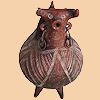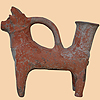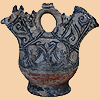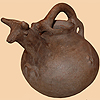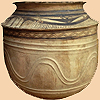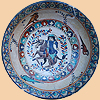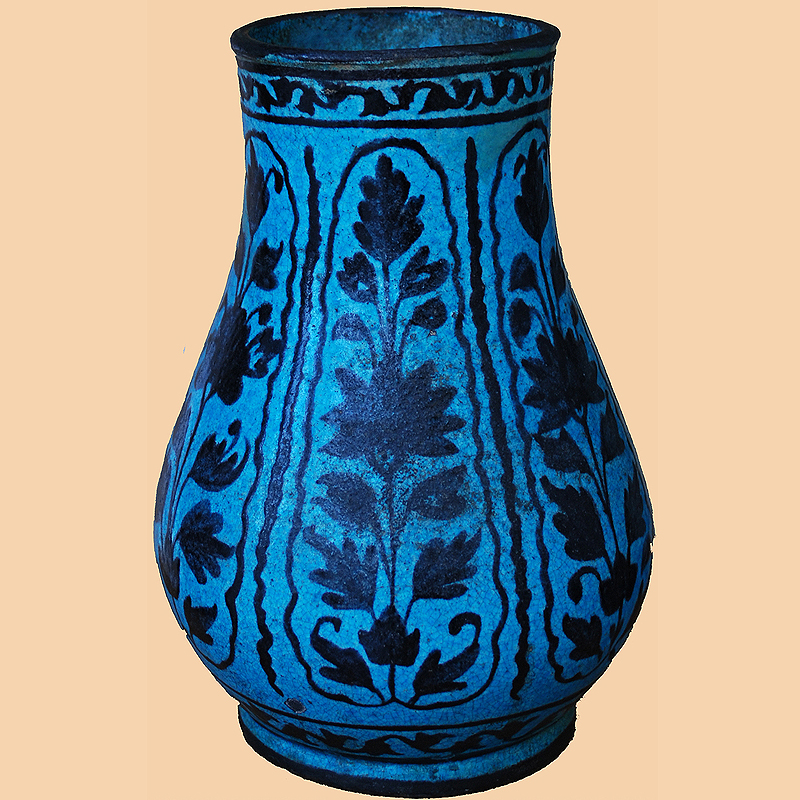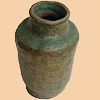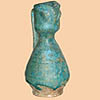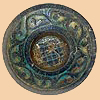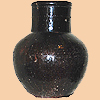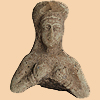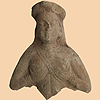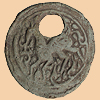History of Ancient Pottery in Persia (Iran)
Amlash culture, early 1st millennium BC.From the Marlik region, north-west Iran.This vessel belongs to the Amlash culture of Gilan province in north-west Iran, one of the most distinctive Iranian cultures of the late second and early first millennia BC. This type of vessel, in the form of a hump-backed bull may have had a ceremonial function, although they were certainly also placed in graves. Examples were excavated at Marlik Tepe, one of the richest cemeteries of the region where fifty-three intact tombs were excavated in 1961-62. Thirty-three burnished zoomorphic vessels (that is, in animal form) were excavated, and these were in the form of not only of hump-backed bulls but also stags, rams, horses or donkeys and even a leopard. They are more naturalistically modelled than anthropomorphic figures also found at the site. As many as five identical hump-backed bulls were placed together at one end of one tomb; the similarity of these and of other groups of vessels suggests that they may have been the work of single potters. These containers were clearly intended as pourers, but their exact function remains uncertain.
X-ray analysis in The British Museum's Department of Scientific Research has revealed how this vessel was manufactured. It was handmade: the body was made by coiling clay around a flat slab of clay that now forms the underside of the belly; and the back was probably formed by placing another slab of clay over the top, producing a shoe-like form. Further coils were then added to form the neck. Finally the horns, tail, dewlap and feet were modeled from added pieces of clay before carefully burnishing the surfaces, presumably with a pebble..

